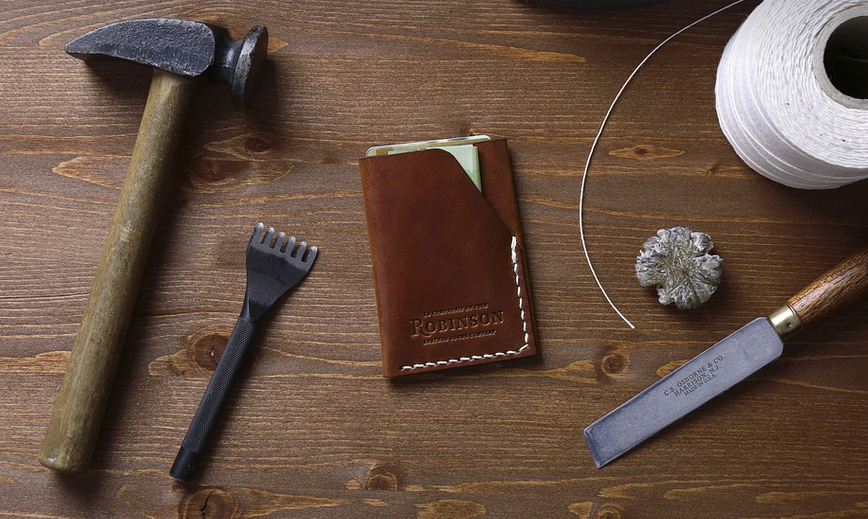
Blood Grooves On Knives: What You Need To Know
A Deeper Dive into the Mystery of Bloody Handles
We’ve all seen them – those unsettling, almost tangible grooves that etch themselves onto a knife’s blade after a violent act. These “blood grooves” can be both perplexing and chilling, fueling countless questions about their formation and potential connection to crime scenes. While these markings often appear in popular media as symbols of horror fiction, the reality is far more complex.
The truth is, blood grooves are a fascinating intersection of forensic science, biology, and human behavior. Understanding them requires delving into the intricate mechanics of fluid flow, physiological responses to injury, and the unique characteristics of human tissue.
What Exactly are Blood Grooves?
Blood grooves are essentially a result of the physical interaction between blood, bone, and metal. Imagine a blade slicing through flesh. The blood is propelled outward with force, encountering resistance from bone fragments or even just the metal itself. This creates a series of pressure points, like an imprint on a hard surface.
The degree to which these grooves are visible depends on various factors. It’s not just about sheer violence; it’s about how blood interacts with the material. The consistency of the blood plays a role – thicker blood is more likely to clog, while thinner blood can create more defined grooves.
Another factor is the angle at which the blade hits the victim. A sharp, angled strike will leave distinct, almost spiral-shaped grooves, unlike a blunt force trauma that might create a wider, less defined impression.
The Science Behind Blood Grooves
So, how do we actually understand these seemingly mystical grooves on knives? We can’t just rely on intuition or gut feelings.
The science of blood flow and its interaction with the surface of a blade is rooted in fluid dynamics. When blood comes into contact with a blade, it doesn’t simply slide smoothly. It encounters resistance, which pushes the blood outwards as it tries to follow the natural path of least resistance. This creates a series of “pressure points,” similar to a ripple effect.
The angle at which the blade strikes an object significantly influences the formation of these grooves. A sharp, angled cut will create more defined, almost spiral-shaped grooves, whereas a blunt force trauma might leave wider impressions that are not as well-defined.
The Role of Forensic Science
Forensic science plays an essential role in deciphering these markings. Techniques like microscopic analysis and forensic imaging can help us identify the type of blood, the angle of impact, and other factors that might be related to a crime.
The intricate nature of blood grooves is not just about the physical evidence; it’s also about understanding how these marks connect the victim and perpetrator. It’s about piecing together clues from a chaotic situation and forming a narrative based on scientific evidence.
Understanding the Significance of Blood Grooves
Blood grooves are rarely isolated incidents. They often serve as crucial pieces in a larger puzzle that helps us understand a crime scene, shedding light on how and where violence occurred. These marks can offer vital insights into the sequence of events leading to violence.
The presence of blood grooves can also provide valuable information about the victim’s injuries or resistance during an attack. Was it a struggle? Did the victim try to defend themselves? Were they already injured before the attack?
The Importance of Forensic Investigation
Forensic investigators play a crucial role in analyzing these grooves and connecting them to the larger narrative. Their expertise allows them to determine how blood flows on a blade, understand its consistency, and even identify if the victim tried to defend themselves before being struck.
The use of specialized equipment like scanning electron microscopes and micro-CT scans helps investigators delve deeper, revealing intricate details that might not be immediately apparent to the naked eye.
The Ethics of Blood Grooves
Beyond the scientific aspects of blood grooves, we need to acknowledge their potential impact on crime scene investigations. The gruesome nature of these markings often evokes a sense of horror and fear, leading to ethical considerations regarding how they are presented in media and public discourse.
Media representations often sensationalize these grooves, blurring the line between artistic expression and actual forensic evidence. It’s important to remember that blood grooves are not merely fantastical elements in a horror movie; they represent real-life violence and require careful handling and respectful investigation.
The Future of Blood Grooves and Forensic Science
As technology advances, our understanding of blood grooves will continue to evolve. With new imaging techniques like micro-CT scanning, we can visualize the intricate details of these markings with unprecedented clarity, providing valuable insights into crime scenes.
The future landscape of forensic science rests on a foundation built upon meticulous analysis and a dedication to ethical practice. The challenge lies in harnessing the power of technology while respecting human dignity and ensuring that its application remains rooted in scientific rigor and respect for evidence.